All the fanciest guns, gear, and ammo mean nothing if you can’t properly utilize basic tactics. When I say tactics, I mean the fundamental tactics that win gunfights.
Fundamentals act as the building blocks to any skill, and today we are going to dive into some fundamental tactics involving the environment.
No, not the “save the whales, fight global warming” environment…the everyday environment and how it affects a potential gunfight.
Specifically, we are going to be talking about cover and concealment!
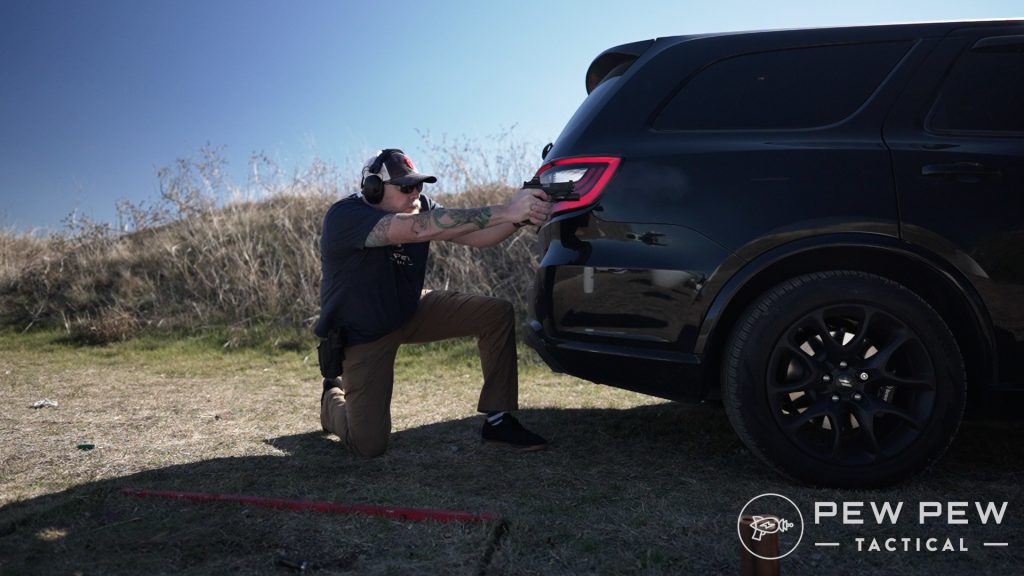
So follow along as we go over each of these, explain the differences, and when you want to use them.
Table of Contents
Loading…
Is It Cover or Concealment?
According to the 3-11, the USMC’s guide to Scouting Patrolling, cover and concealment are defined as: “Cover is protection from the fire of hostile weapons. Concealment is protection from observation.”
Pretty simple, right?
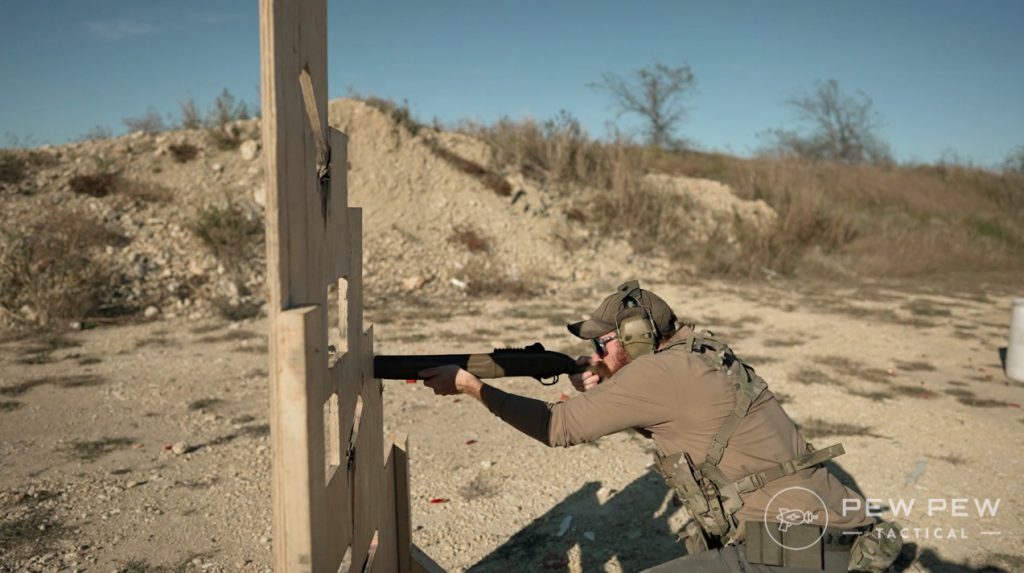
Well, concealment is pretty easy. It’s something that keeps your enemy from seeing you.
Cover is a bit more complicated. Cover has variables to it based on your enemy’s weapon capabilities.
I want to keep this conversation on the subject of concealed carry so we won’t talk about grenades and artillery.
In a citizen defender mindset, cover must account for a variety of weapons. Shotguns, handguns, and rifles all have unique penetration capabilities and must be accounted for.
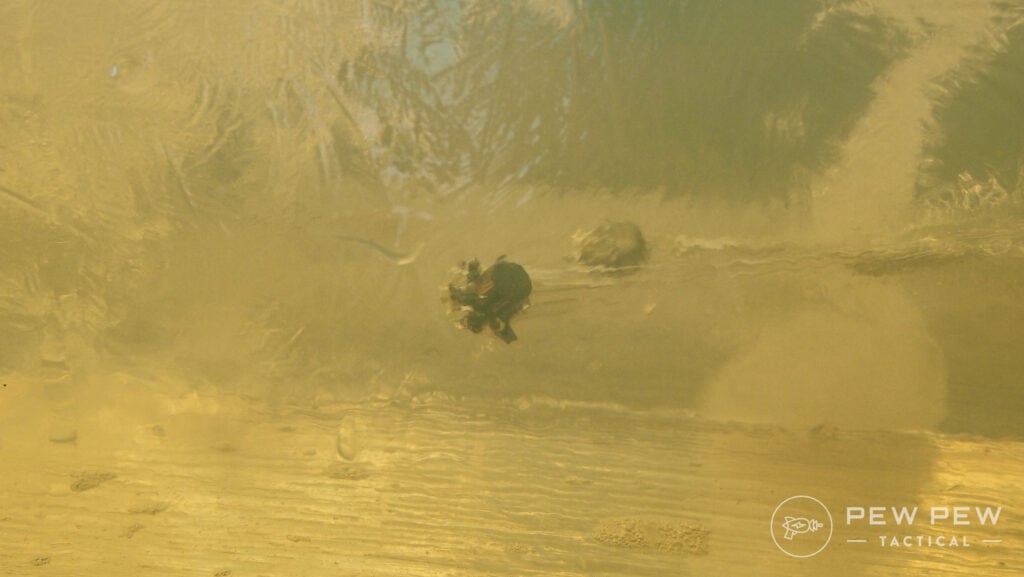
Handguns penetrate less than shotguns, shotguns penetrate less than rifles, and different rifles penetrate more than other rifles.
For example, an AK in 7.62×39 tends to penetrate better through hard barriers at short ranges than a rifle in 5.56.
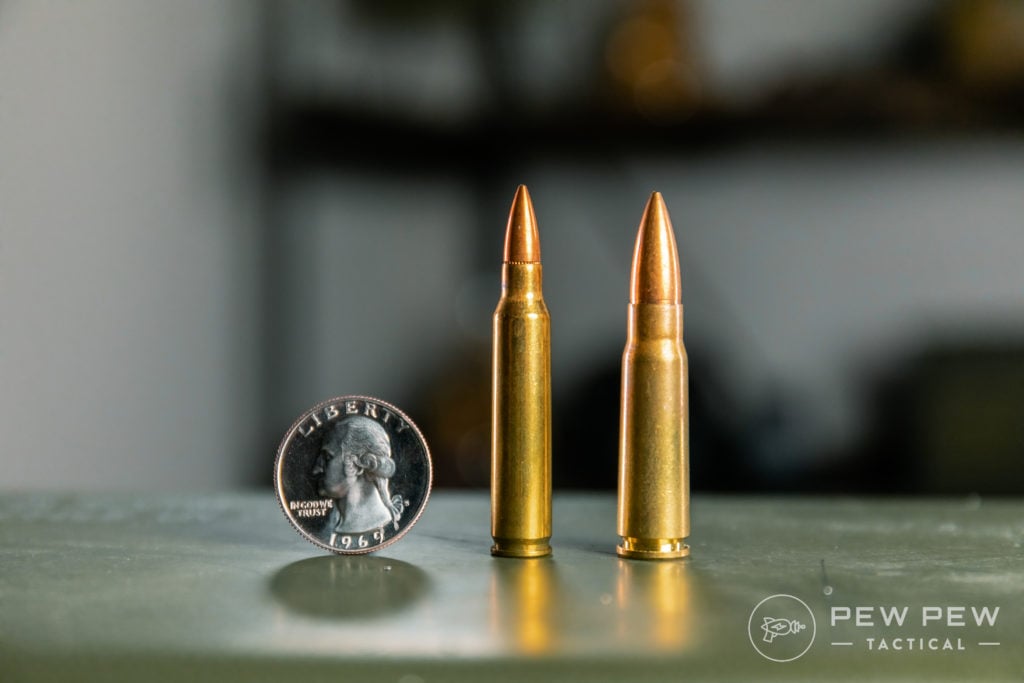
When possible, you want to find the best and most effective cover possible. Thick, dense materials like brick, multiple layers of wood, thick metal, and even lots of water can stop most bullets.
It’s tough to list everything that can be cover, so you will need to imbibe a good dose of common sense when choosing it.
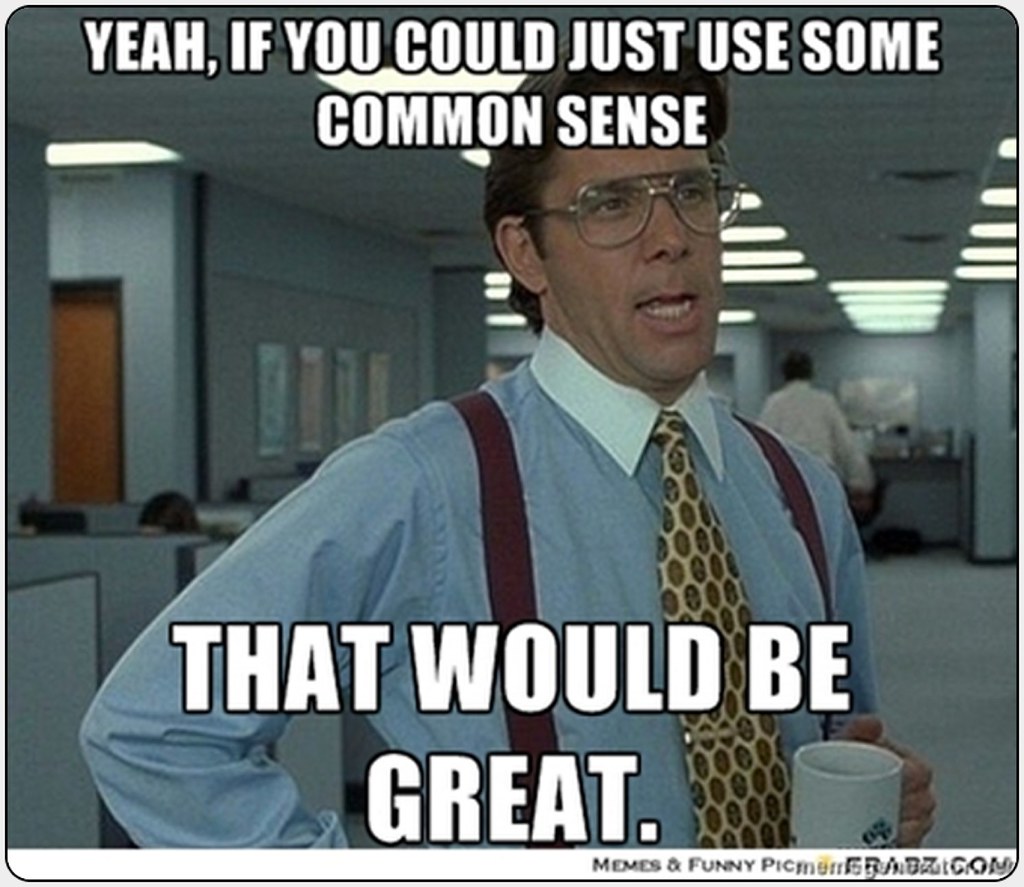
You’ll also want cover that you can effectively fit the majority of your body behind. A solid brick of steel will stop a bullet, but good luck getting behind it.
Concealment goes the same way…
If you are hiding behind something, you need to ensure it’s large enough to conceal yourself. There isn’t a point in hiding behind a counter if half your body is exposed.
Identifying Cover & Concealment
“Are you behind cover or concealment?” was a phrase I heard a ton from my NCO and squad leader during my first training workup for my first deployment.
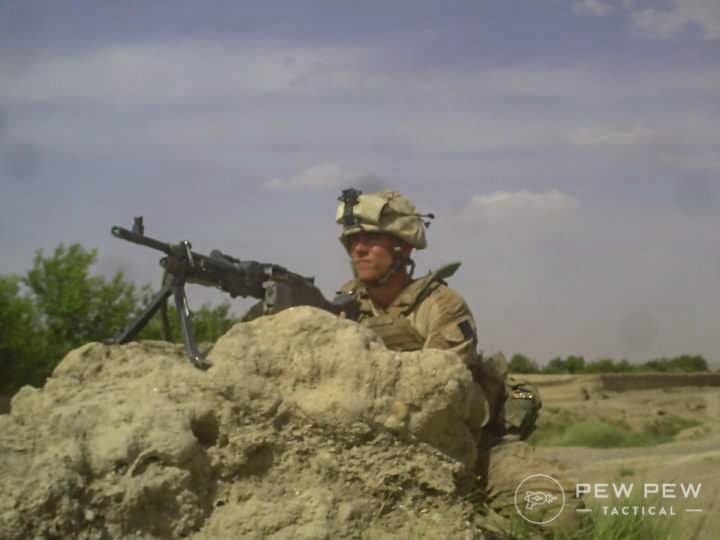
Depending on our answer, he might follow up with more questions.
His idea was simple; once we learned that he was in the habit of asking the question, it became a part of our thinking process while training.
Eventually, he didn’t need to ask as we trained.
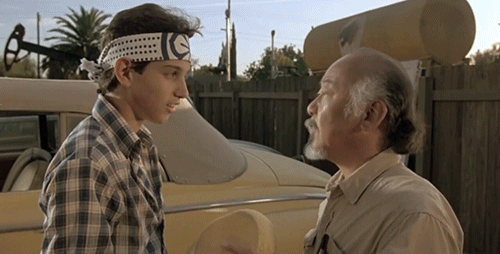
Eventually, it became part of the way we thought in tactical environments. Heck, it’s part of the way I think today.
If I’m in public, I automatically categorize cover from concealment and consider it part of my generalized situational awareness.
Play the game and start asking yourself consciously what is cover and what is concealment. Which is closer? Can you fit behind it?
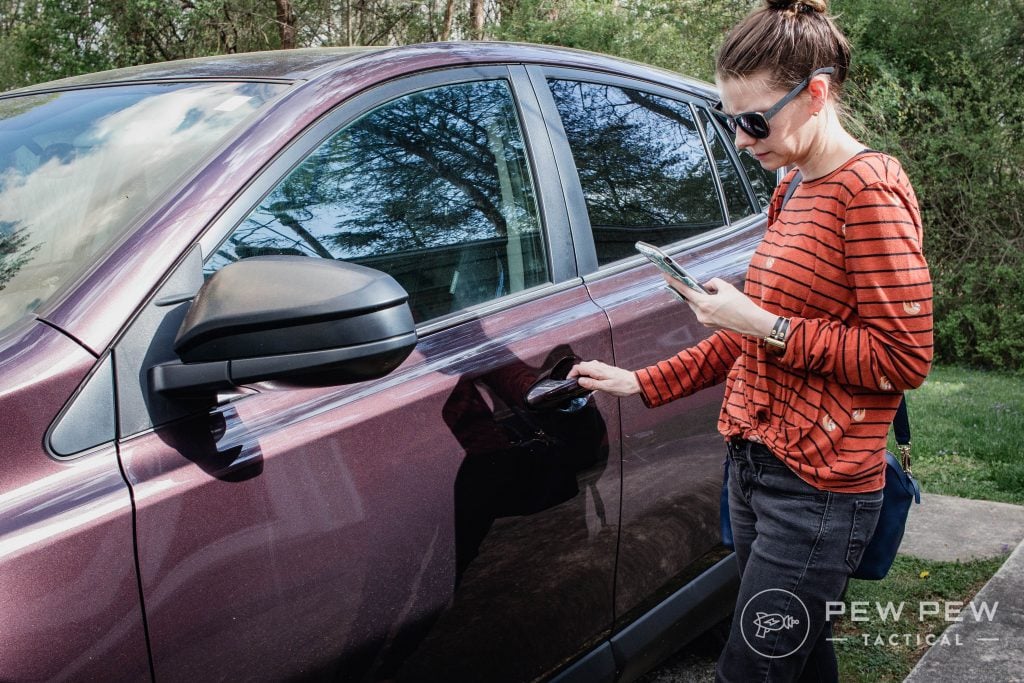
Lots of people make fun of the “scan and assess,” and oftentimes, it’s worth making fun of. However, scanning and assessing isn’t just something you do after you pull the trigger. You should be doing it all the time.
Scan and assess to identify threats, but also cover obstacles, exits, and other factors. Heck, I like knowing where a fire alarm is and where an AED or first aid kit is just because it can be valuable outside of a ‘tactical’ situation.
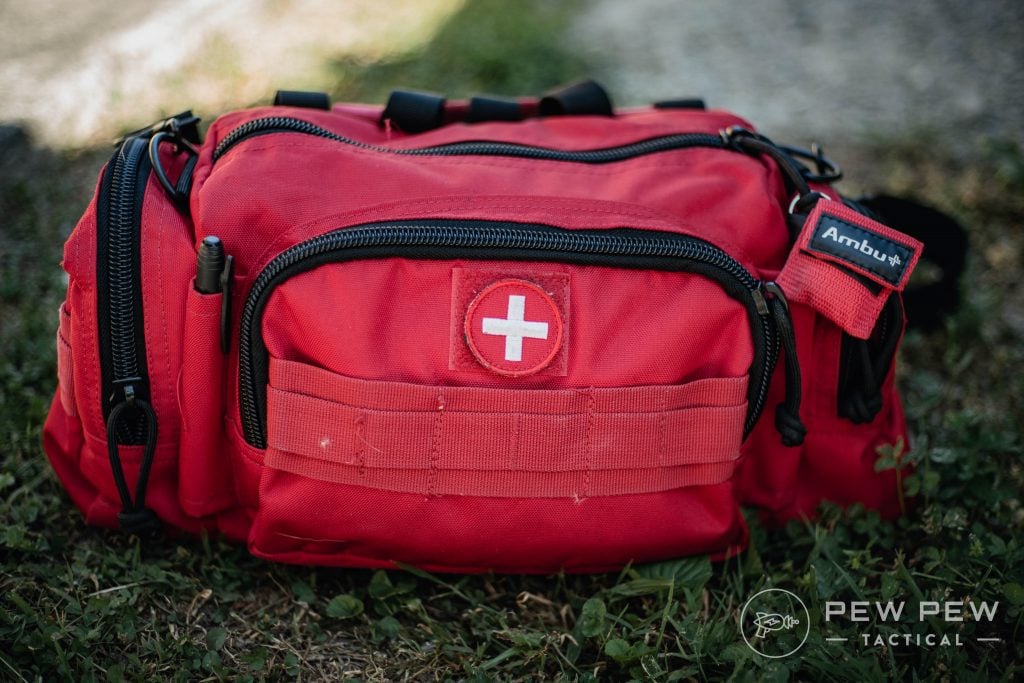
Start scanning and assessing, and ensuring you are actively looking at what’s cover and what’s concealment.
Quick Examples of Cover and Concealment
The vast majority of walls are concealment. Drywall doesn’t stop bullets, and neither will most wood or thin metal walls. Unless it’s made from dense brick, don’t count on it.
Cars are 75% concealment and 25% cover. Get behind the engine block if you need to use a car to stop bullets.
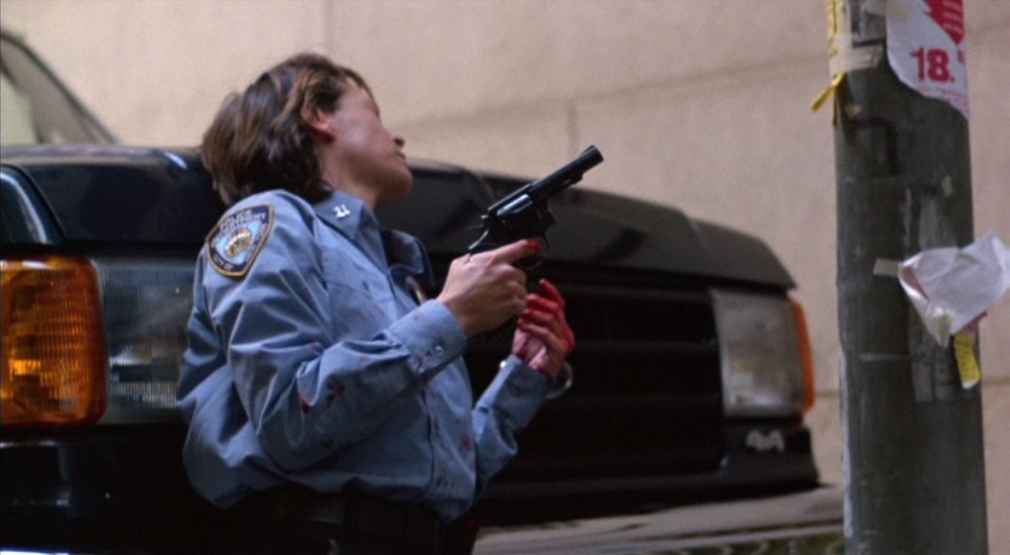
Doors are mostly concealment as well. Very few are built tough enough to take a bullet.
Furniture, including tables, chairs, and couches, is concealment and won’t stop a bullet regardless of what Hollywood thinks.
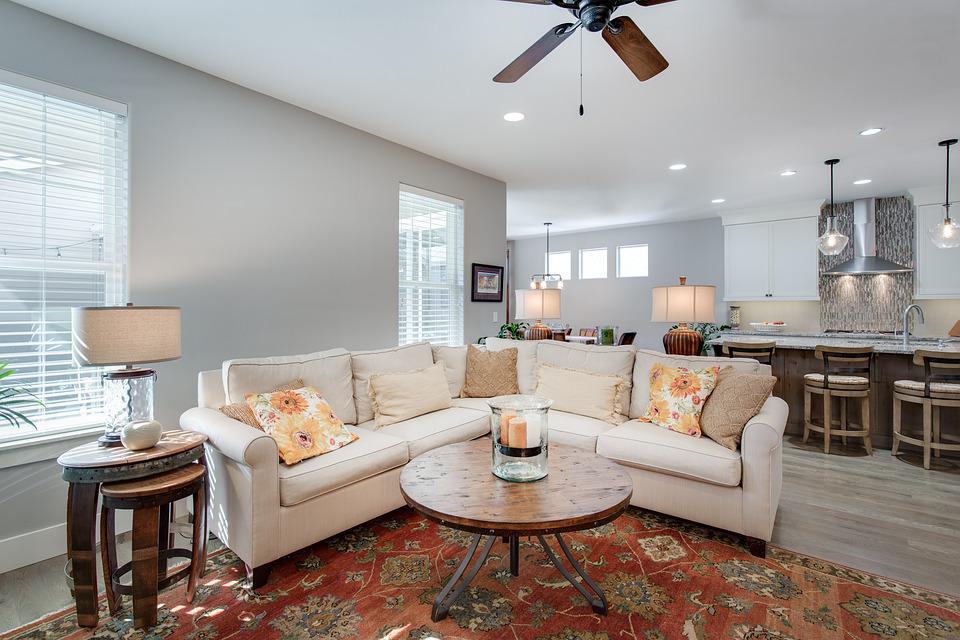
Heavy appliances like fridges, washers, and dryers might stop small-caliber rounds, but rifle rounds and most pistol rounds will poke right through.
Big thick trees, like live oaks, can effectively stop most calibers.

Full dumpsters might stop handgun bullets, but unless it’s construction materials filling them, I won’t count on them stopping rifle rounds.
How To Use Cover and Concealment
So you’ve identified some cover or some concealment, great, but now what? Well, you get behind it, right? Well yeah, but there is a little more to it than that.
Movies and TV have taught people that they put their back to the cover and hold their gun up as if they were praying.
That works to show off your star but is bad advice for using cover and concealment.
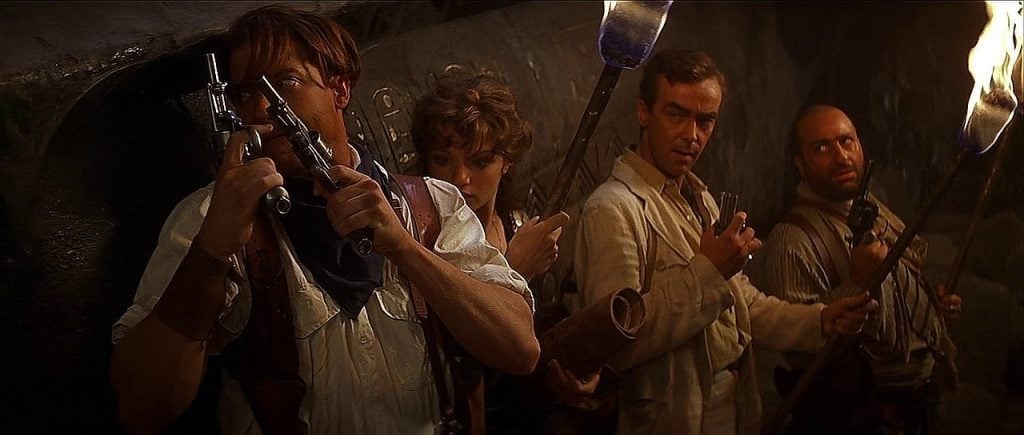
Step one is to get behind it and orient yourself to your threat. Be looking in the direction of your threat as you assume cover or concealment. Step two, get as small as humanly possible behind your concealment or cover.
Getting behind cover or concealment isn’t complicated.
You’ll want to give yourself some stand-off distance so you can lean or move up and down with a firearm extended. A little stand-off makes maneuvering and assuming a firing stance much easier.
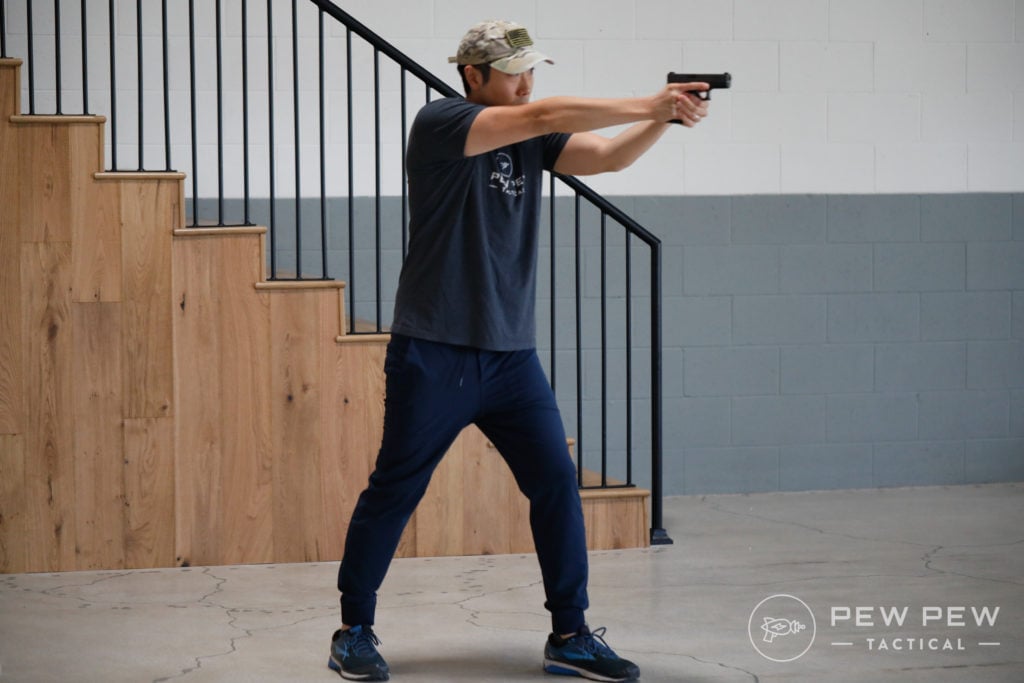
Sometimes cover can even offer you support to stabilize your firing hand. Sometimes it might make you conform to weird and uncomfortable positions.
We’ve established that concealment doesn’t stop bullets, so what’s the point of using it? Well, if you can’t fight or escape, then you need to hide. If you can hide behind cover, great. If you can’t, you take what you can get.
Concealment might allow an attacker to pass and allow you to escape or provide a path to escape in another way.
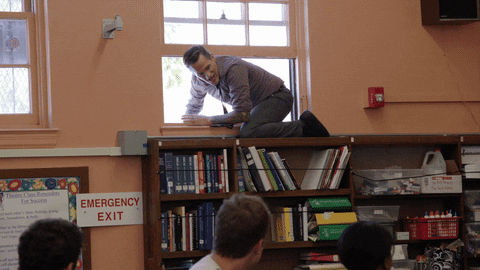
Concealment can allow someone to gain an advantage over an attacker if you choose to fight. Surprise is one helluva advantage. Boxers win fights with footwork by opening up angles of attack that exploit the vulnerabilities of their opponent.
Concealment can be used the same way. In most situations, there will be much more concealment than cover, so you’ll have more opportunities to use concealment than cover.
You can use concealment to ambush a bad guy when possible. Ambush tactics often create winners. Obviously, this means the bad guy is an established threat like a home invader or active shooter and the fights already started.
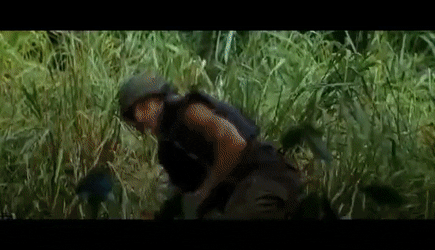
Cover allows you to enter the fight and puts something between you and the bad guy, and is extremely valuable. Sometimes cover allows you to exploit your opponent’s vulnerabilities and attack from a different angle. Sometimes it does not.
However, cover stops bullets, and you might need to make a difficult tactical decision when choosing your next move. I’m more of a use cover guy than try-and-use concealment to exploit a potential situation guy.
Training For Cover & Concealment
Playing the game of identifying cover and concealment is one form of training that can be quite valuable from a preparation point of view. That only gets you halfway there, though. Active training to use cover and concealment is invaluable.
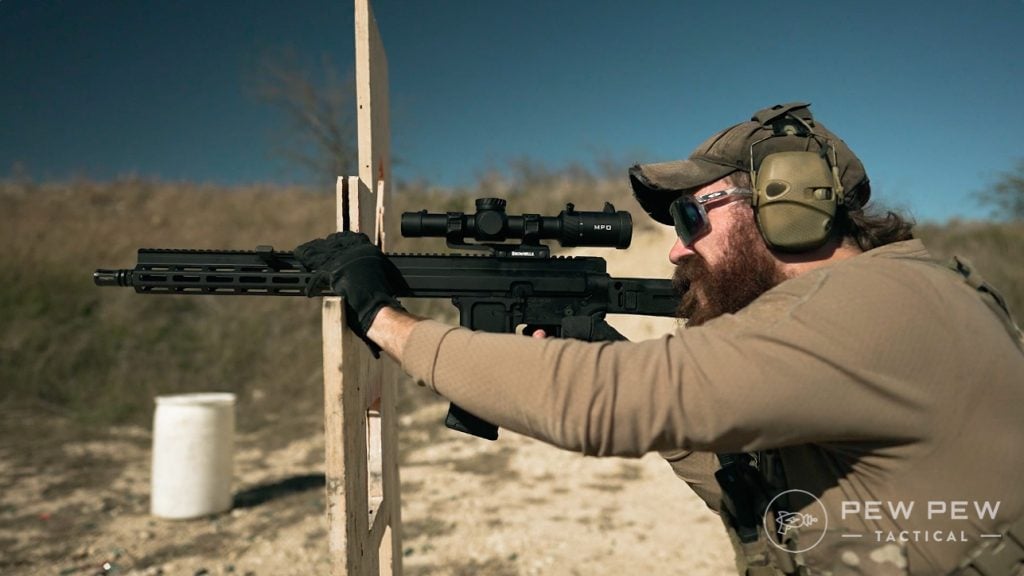
Remember when I mentioned having to take shots from awkward angles? Well, that’s something that works best when you’ve trained how to. This is why barrier training is so important from both a live and dry fire perspective.
Having a barrier you can practice with is quite handy. The VTAC barriers can be built at home if you’re handy and the plans are even online. Most dedicated barrier training devices offer a multitude of ports for firing that cause you to conform to weird angles.
I’ve been using the PTSB Lite from PTS Barricade for my training. It’s super small, lightweight, and can be easily used inside the home for dry fire practice. A table, chair, or some cinderblocks can make it conform to different heights.
-
25% off all OAKLEY products - OAKLEY25
Copied! Visit Merchant
It’s also well suited for use at an indoor range. It will fit on the counter present at most indoor firing ranges and allow for easy on-the-go training for using barriers. There are four ports made of different sizes and shapes to force you to conform to weird positions.
I often pair the PTSB Lite with my cell phone camera in selfie mode to see how well I’m sticking behind cover as I dry fire on each target.
Staying Concealed
Concealment is a bit easier to train for. It’s almost identical to cover, except you aren’t breaking cover to shoot.
The best way to train for using concealment is to see how small you can make yourself behind odd sources of concealment.

Most of us don’t realize how exposed we are when we think we are hidden. Try hiding behind some smaller sources of concealment, and you can use your phone to measure how concealed you are as well.
Shoot a video in selfie mode and see how fast and easy you disappear behind concealment.

Here are a few words of advice from 3-11 on concealment that applies to not just Marines in the field but concealed carriers:
- “Remain motionless while observing. Anything in motion attracts the eye.”
- “Use all available concealment.”
- “Remain in the shade because moving shadows attract attention.”
- “When observing, the scout looks around an object’s side. Looking or firing over an object can make the scout an easily visible target for the enemy.”
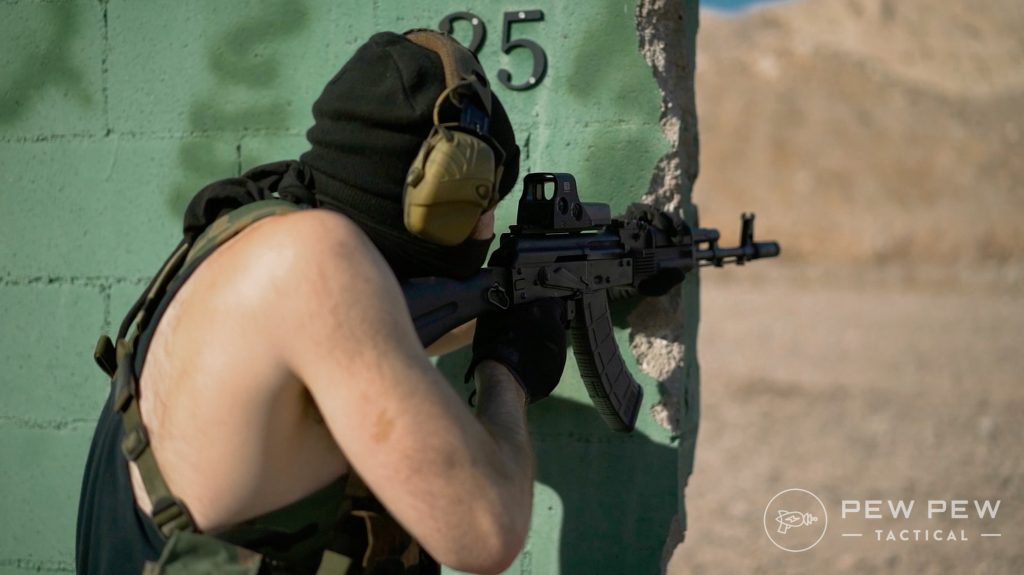
Final Thoughts
Knowing how to properly use cover and concealment is invaluable. It’s just as important as your draw but often remains a very overlooked skill.
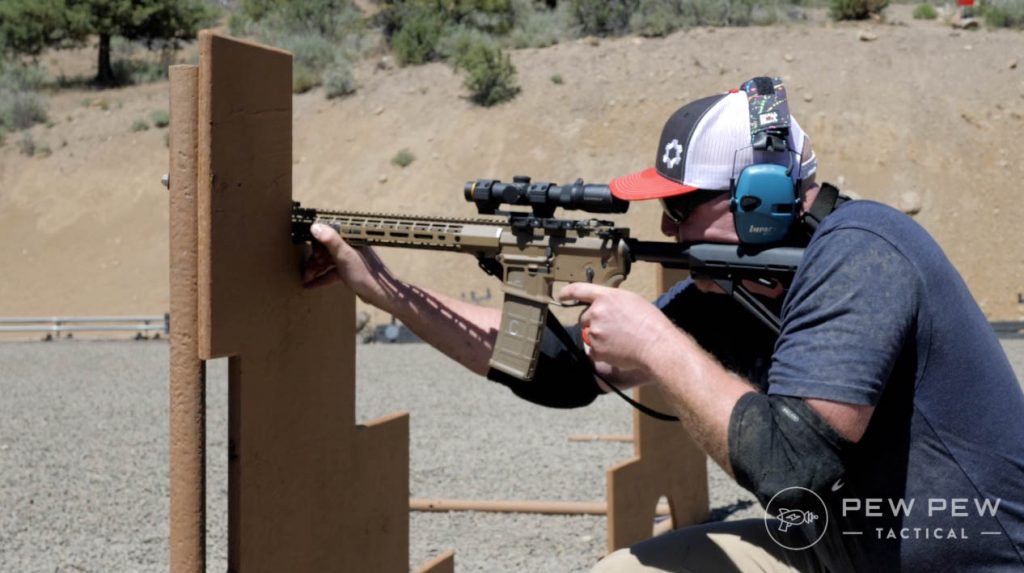
Don’t underestimate the importance of hiding from or stopping bullets.
What advice do you have on the subject of cover and concealment? Share below! Looking for Home Defense Guns? Check out our list of the Best Home Defense Guns on the market!

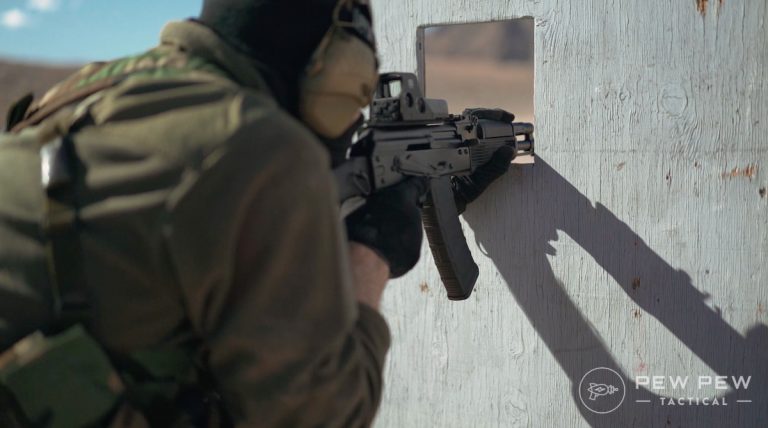
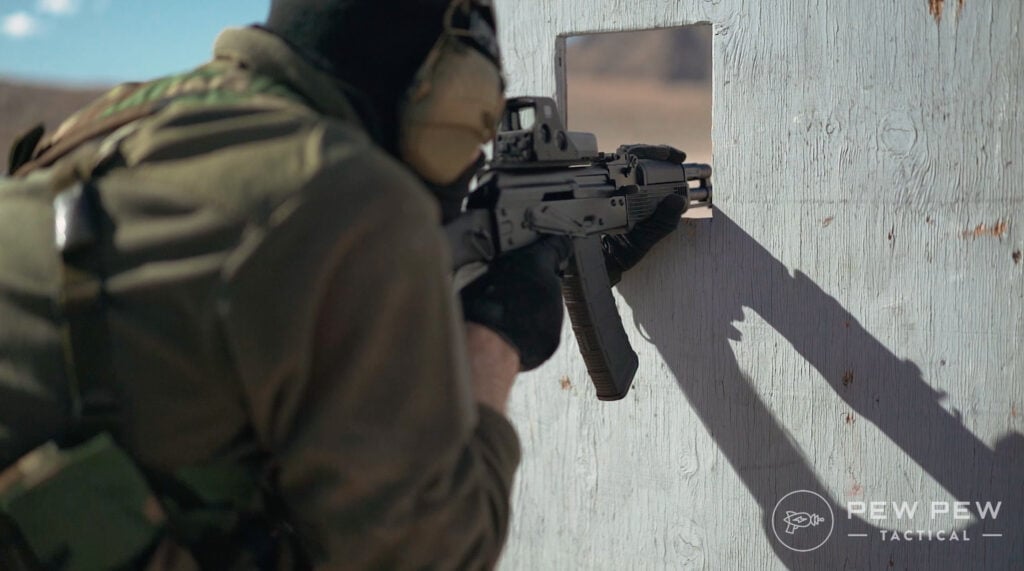








2 Leave a Reply
Good to point out the furniture isn't cover. That's what I think of hiding behind first.
Im just here to get my training from guys who have never been in a single gunfight in their entire lives. Thanks for the tips fellas.